The spacecraft Cassini is on its last legs, but that doesn’t hinder it from making one last effort, providing us with some very interesting data about Saturns moon Enceladus.
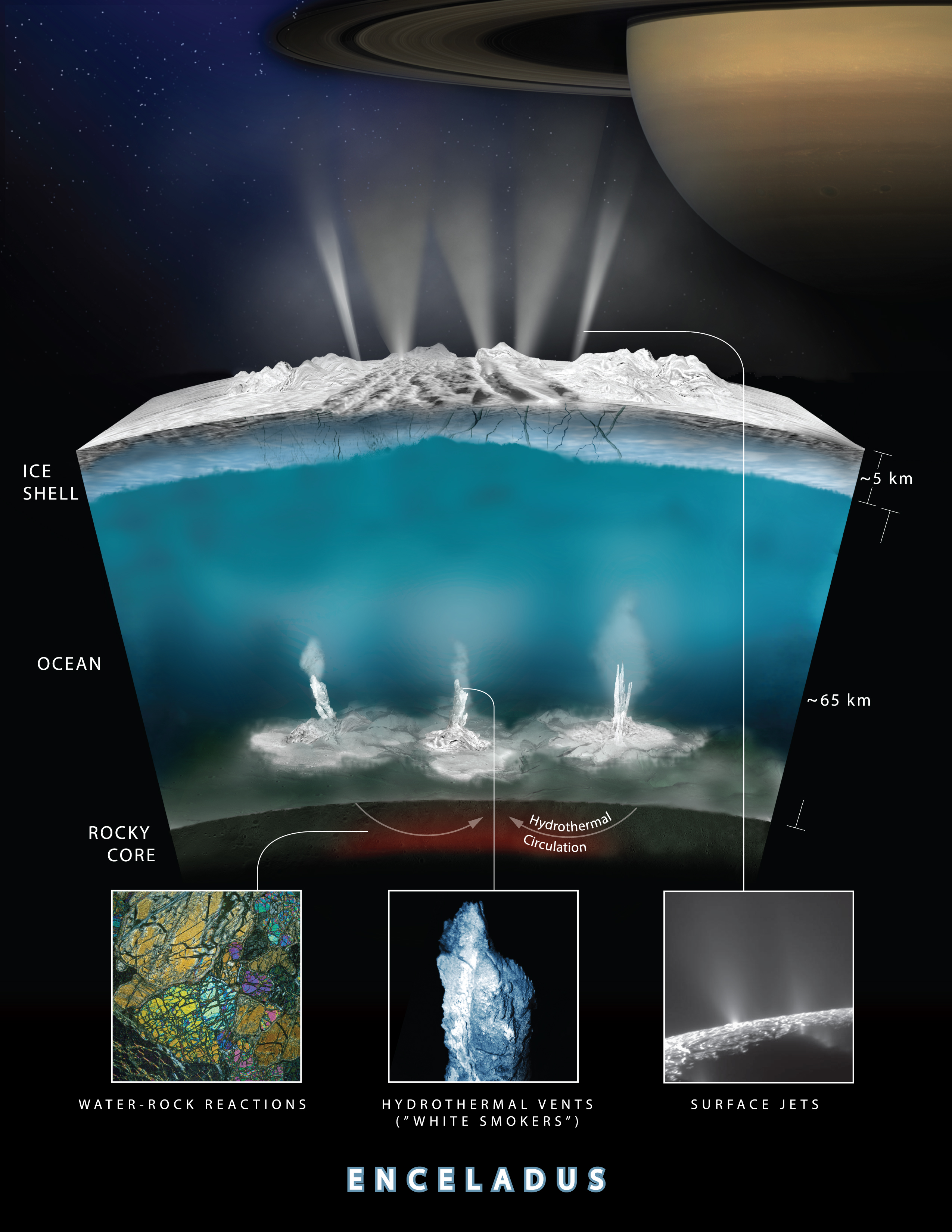
Credits: NASA/JPL-Caltech
It has found further evidence that Saturn’s moon Enceladus has the conditions necessary for life to exist as we know it.
Enceladus is the small, ice-covered moon of Saturn, similar to Jupiters moon Europa, both are believed to have a subsurface ocean of liquid water, and possibly about everything required for life.
According to NASA, this is the closest we’ve ever come when it comes to finding the right conditions for life beyond Earth.
NASA has concluded that hydrogen exists in the subsurface ocean of Enceladus. It is thought that hydrogen gas is seeping up with large columns of water through hydrothermal vents on the ocean floor. This hydrothermal reaction can, in turn, contribute to methane to exist and life to be formed.
Cassini picked up hydrogen in a plume of gas and other material rising from the ocean that was observed on October 28, 2015. The Cassini craft actually descended into the plume and sampled its makeup, finding chemical mix that included 98 percent water and 1 percent hydrogen, as well as traces of other gasses like CO2 and methane.
However, Cassini has not found the key ingredient phosphorus, to our knowledge essential for all living cells. Nor was any sulfur detected. But on the other hand, we know little about other forms of life, based on our only one sample in the universe, yet.
The new findings are further evidence that hydrothermal activity is taking place in the Enceladus ocean. Previous results, published in March 2015, suggested hot water is interacting with rock beneath the sea; the new findings support that conclusion and add that the rock appears to be reacting chemically to produce the hydrogen.
Reference:
NASA Missions Provide New Insights into ‘Ocean Worlds’ in Our Solar System


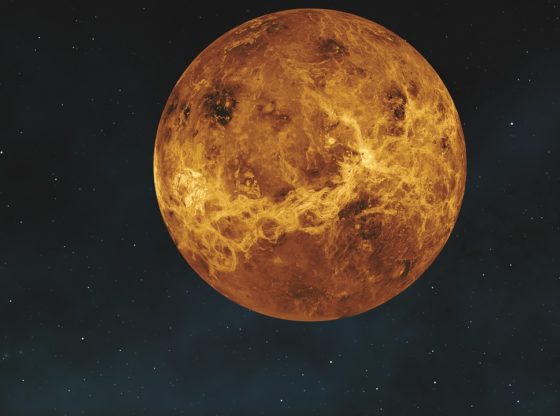
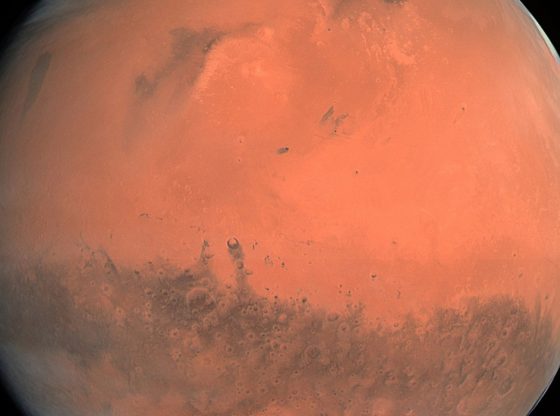
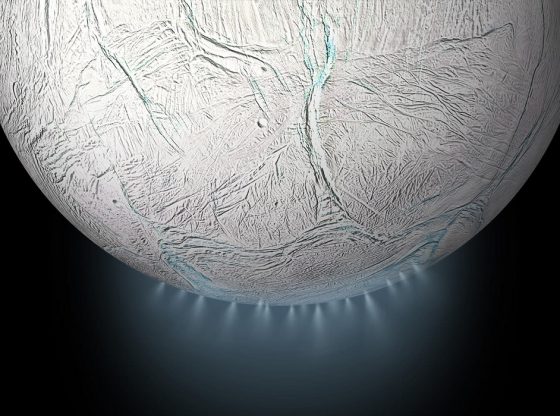
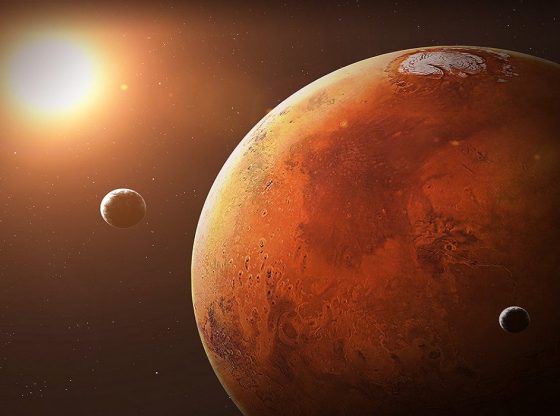
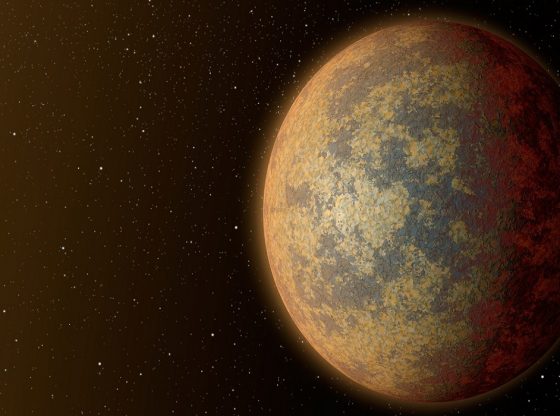
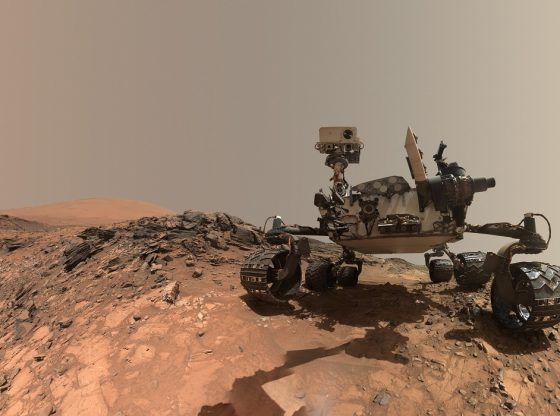
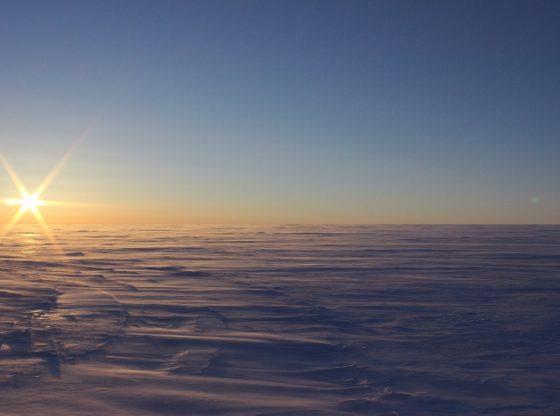

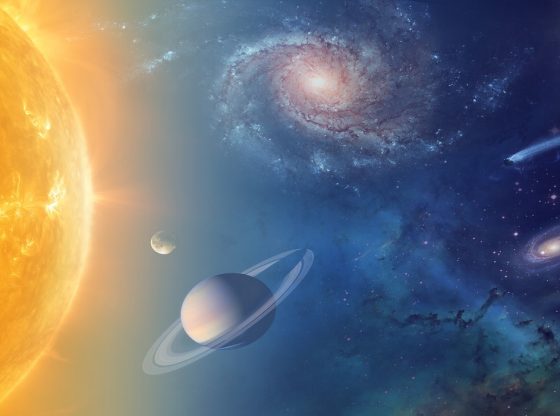
![OpenAI. (2025). ChatGPT [Large language model]. https://chatgpt.com](https://www.illustratedcuriosity.com/files/media/55136/b1b0b614-5b72-486c-901d-ff244549d67a-350x260.webp)
![OpenAI. (2025). ChatGPT [Large language model]. https://chatgpt.com](https://www.illustratedcuriosity.com/files/media/55124/79bc18fa-f616-4951-856f-cc724ad5d497-350x260.webp)
![OpenAI. (2025). ChatGPT [Large language model]. https://chatgpt.com](https://www.illustratedcuriosity.com/files/media/55099/2638a982-b4de-4913-8a1c-1479df352bf3-350x260.webp)








